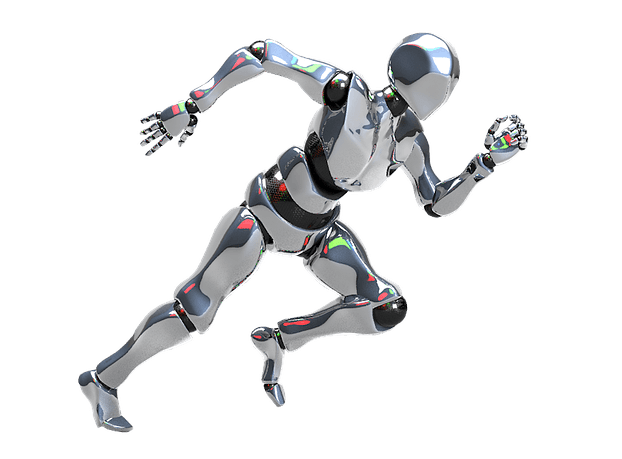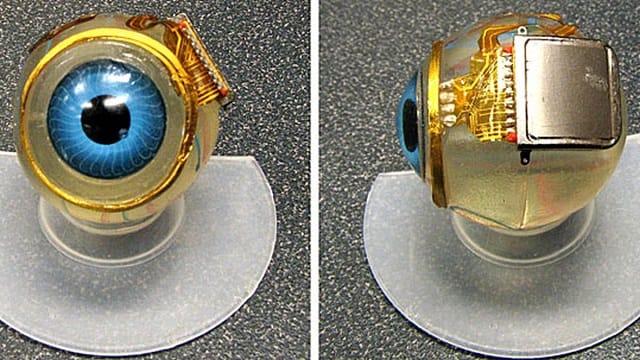Bionic Eye: The First in the World: A Breakthrough for Vision Restoration in the Blind.
Medical science has advanced in such a way that it produces to the world its very first bionic eye which would sweep the world off one’s feet. Millions of people all around the world suffer from blindness or some severe visual impairment. That means at that nexus of biology, engineering, and neuroscience, this is where that kind of advanced technology is going to be applied to restore, hopefully, a form of vision in people whose eyes have been left blind. And now, on this blog, let’s go into the details of just exactly what this revolutionary innovation really means. We’ll talk about how such an eye works, what this might mean in the lives of those who-and what kind of progress this is with regard to future vision repair.
What Is a Bionic Eye
An artificial bionic eye, or retinal prosthesis, is an experimental device that may one day replace or partially substitute the vision of people who are blind as a result of certain forms of retinal degeneration. The devices bypass the diseased parts of the eye and directly stimulate visual signals in the brain-it’s a way which visual information may be provided to the blind-should be good enough to let them see shapes, some light, perhaps movement.
Many who are blind suffer from conditions like retinitis pigmentosa or age-related macular degeneration (AMD) in which the light-sensitive photoreceptor cells of the retina, converting light into electrical signals to the brain, degenerate and lead to blindness. Such conditions do not harm the other parts of the eye-most of them will be healthy, including the optic nerve-but kill the photoreceptors. And here’s the bionic eye, and instead of normal functioning of the retina, partial vision recovery.
Bionic Eye Process
The system that was deployed within this bionic eye has consisted of three parts namely, a retinal implant, camera-lensed glasses, and a wireless processing unit. Each of these has played its roles in demonstrating the whole process of normal vision.
1. Retinal Implant The bionic eye core is actually a retinal implant. This is the very compact, surgically implanted device implanted onto the retina. Its variant consists of an electrode array substituted for where damaged photoreceptor cells exist. Activation of the electrodes creates electrical activity from within the retina and the brain would translate this activity as visual data.
2. Eyeglasses Camera A camera is attached to special eyeglasses that are given to the patient to take all pictures of the surroundings directly. These images are converted into electronic signals and transmitted to an implant.
3. Wearable Retina Implant Computer Attached Wireless Unit: A mini-computer was worn around the body, or even even on the patient’s shoulders, recording all the signal extracted by the camera and translated the visual data into a format that the retinal implant could read. This information would then be relayed to the implant through wirelessly transmitted signals to try and impel the optic nerve to relay this information through it to the brain.
This highly advanced game is capable of partially restoring vision, and-as one can easily imagine-nothing even close to what the human eye can do on its own. Vibrant, clear silhouettes are not what most of those who have come into possession of the bionic eye have described seeing-they describe shapes, contrast, and light patterns learned by the brain to make sense.
Medical Miracle
This is the mega leap of medicine and bio-engineering in this age. And among all that, the Argus II Retinal Prosthetic System of Second Sight Medical Products stands as the very first of its kind to which can be considered as one of the earliest prosthetics. Even now, it hangs in there as the first bionic eye that has been to FDA-approved with hundreds of patients worldwide who have had it implanted on their faces.
A dream years incubated over the years and therefore keen liaison between scientists, engineers, and health care professionals finally brought this bionic eye into reality. Early attempts at vision restoration strictly fell within the limits of technology; advancement in microelectronics and wireless technology and neural science assisted in transiting this futuristic concept into reality.
This is what makes the bionic eye so special compared to all other forms of vision restoration: it bypasses the damaged areas of the eye, in fact bringing visual signals directly into the brain. None other does this, not even more general corneal transplants or cataract surgeries that simply target the front-end eye problems but bypass the point of damage in retinal diseases causing the blindness.
Bionic Eye Influence on Patient’s Life: Real Life Stories
The bionic eye influence on the patient’s life is phenomenal. To those who used to live absolutely in darkness or serious loss of vision, getting any kind of partial sight brings impacts into a person’s life. For example, there is Allen Zderad, 68 years old, and lost his eyesight ten years ago because of retinitis pigmentosa. Zderad recalled gaining a vision that may one day help him see his wife again after all these years. “Pure joy,” he said of the experience. The bionic eye is now of little use to present truly natural vision in a limited way. Patients, however report very significant improvements in the quality of life. Patients can detect light, movement, and shape. This will make them much more independent in life and they’ll have the possibility of moving about and rooms, recognizes objects and much more. For some, it’s almost as if they are reading large print, seeing people distinguish by silhouette, or even seeing bright light from dark shadows.
This restoration of technology of vision, beyond the lists it offers is psychological and emotional which is unlimited. As seen to the patients this gives a new freedom and hope, as they feel in control and at authority over their lives.
Future of Vision Restoration
This bionic eye comprises a completely new horizon of vision restoration technology. Already, research is under way on the next-generation bionic eyes that can have far higher resolutions and interfaces, which bypass the eye altogether and go directly to the brain, which gives much more sophisticated visual experiences. Very crucially, in areas of development and improvement for electrode arrays in retinal implants: they may give way to much more detailed, almost entirely naturalistic visual representations. Actually, today, scientists see a new synthesis in the use of bionic eye technology with genetic therapy and research on stem cells that could make other forms of blindness or loss of vision correctable.
This could even include cortical implants, where the eyes are completely bypassed and implanted directly into the visual cortex of the brain. Perhaps there will be an entirely new route to treat those who suffer from damage to the optic nerve or another part of the visual pathway.
Conclusion…
It is the world’s first bionic eye; a tremendous success in the development of medical technologies, giving hope and a prospect for a better life to the patients blinded. At this stage, the bionic eye has already changed the lives of patients: partial vision and independence were restored. More research, further developments in technology assure that the advent of the future is dawning hopeful but promises much more in restoration of vision and eventually much fuller, richer visual experience for those in need. Now comes the time for a bionics era – and with it, bright new hope for millions everywhere. For more tec and international news visit once..



